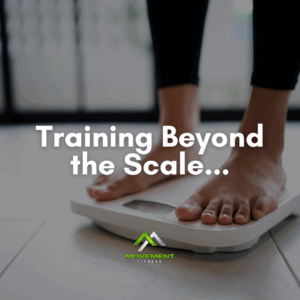My kid sprained their ankle. Do We Need an Ankle X-Ray?
A 5-point at-home checklist to gauge the severity of your athlete’s ankle injury.
This checklist was created to educate athletes and parents about the healing process of an ankle injury. Waiting on a timeline that was suggested within the first 72 hours of an injury isn’t the best way to manage an injury safely. Every injury deserves to be reevaluated before a return to practice and before a return to competition at a MINIMUM.
This chart is to be used as a checklist from left to right, testing the abilities of the affected ankle.
The goal is to answer all the questions in the green column “yes” before starting to focus on hard cuts, sprinting and sport specific movements.

If the answer to any of the questions in red is yes an x-ray is warranted to rule out a fracture before starting treatment.
Once the answers to the green column are all yes, we can introduce specific return to sport testing and continue on a return to play program with increased intensity.
Returning to play or practice once the green column is cleared and is still not advised. This is a checklist to make sure we are appropriately increasing intensity. You are still at a high risk for reinjury
Returning to play when any of those green question’s answers are “no” is dangerous and strongly discouraged.
Weight-bearing ability: Attempt to stand and walk on the injured ankle if you are unable to walk on it or lose the ability to walk on it after 24 hours an X-ray is warranted to rule out a fracture before rehab can continue. (There may be pain while attempting to walk)
It is not expected to be able to stand on a sprained ankle until 3-4 days after the injury.
Once you are able to walk pain free it is important to try and walk normally without a limp.
Range of motion: Gently move the ankle in different directions if you cannot move at all an x-ray is needed.
Can you pull your foot all the way up and down? It is expected with an ankle sprain for there to be pain while pushing the toes down.
Drawing the ABC’s with your big toe and the pinky toe (separately) is a way to gauge your progress compared to the unaffected ankle; this should be done multiple times daily once a fracture is ruled out.
Point tenderness: Gently press along the outer and inner ankle (over the bony round structures) severe pain on both sides can indicate a fracture and an x-ray is warranted.
Pain on the base of the pinky toe is also a red flag and an x-ray is necessary.
Swelling and bruising: Observe the amount of swelling or bruising developing around the ankle, if bruising or swelling continues to increase, especially after 24 hours, an x-ray may be warranted depending on the rest of the factors.
Dynamic ability: This portion should be completely pain free before attempting to run or practice. If anything is painful you are not ready
Even if it is pain free you may not still be ready.
Any injury to the ankle that produces bruising and swelling is indicative of a sprain to a or multiple stabilizing ligaments.
Our feet and ankles are the foundation of our stability and strength. Any great athlete has a strong foundation. If you want to return safely and confidently it is recommended you work with a professional.
Every injury is unique. These are basic guidelines and recommendations. Most injuries have many nuances and require individual treatment from day to day.
Unstable ankles increase the likelihood of ACL, hamstring, and other injuries.
IT’S NOT JUST AN ANKLE!
Be Great Today,
Mason



